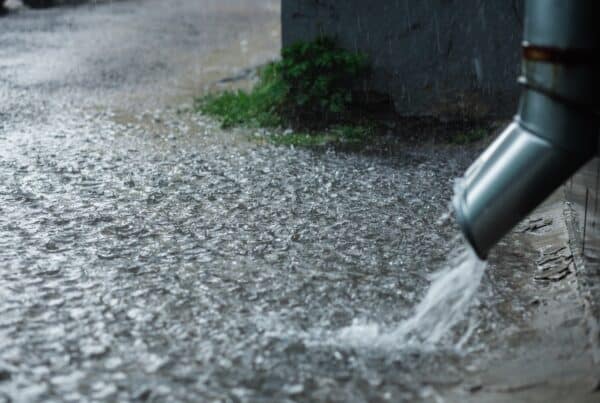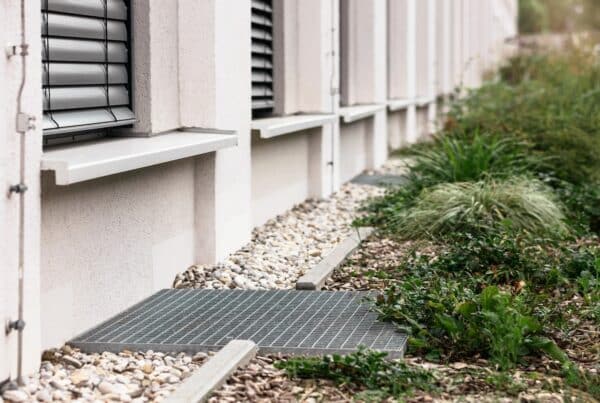
Sometimes the exterior of our home starts to fade or look worn. We can usually apply a new coat of paint or we can choose to add something on top of the building material. Maybe you like the idea of stucco? Can you stucco over wood? Have you ever thought to yourself, can I do it myself? Well, the answer to those questions is yes. Yes, you can stucco over your wood home and yes, you can stucco the home yourself. However, it is a very large undertaking that must be done correctly, or the job could look very messy and cost a lot more to fix.
When considering a large home renovation like stucco over wood, it is best to consider using a professional. If you would like to take on the task yourself, here are the recommended steps and materials you will need to accomplish this task.
Did You Know This About Stucco
The use of stucco is a common practice for builders in the Western United States. You will also see stucco used a lot on homes in the southern states or where heat and moisture are prevalent. Stucco is a fireproof material and is ideal for being used on soffits located under the eaves of a roof. However, some eaves have soffit vents installed to help ventilate the roof.
When a wildfire occurs, the windswept embers and hot sparks are blown upwards against the eaves. Having stucco located on the soffits allows for the hot materials to be caught by a fireproof substance and reducing the chances of the home catching on fire. A majority of these concerns are seen in a state like California, where a lot of wildfires occur yearly.
Cost
It is not cheap to put stucco over wood. Homeguide.com states the range is from $3-$9 per square foot and $7,400-$14,200.
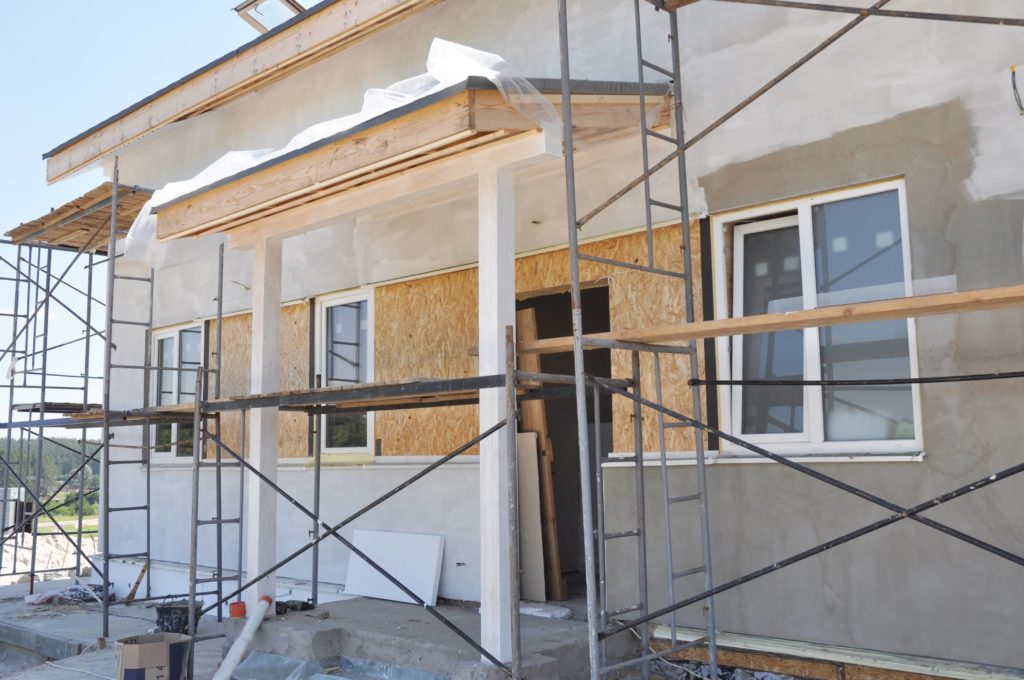
What You Will Need to Put Stucco Over Wood
- Cement fiber board
- Soffit vents and covers
- Waterproof membrane
- Metal lath
- Construction stapler
- Hammer
- Galvanized nails
- Stucco, three types
- Rectangular mason’s trowel
- Garden hose or spray bottle
Prepare the Substrate
When preparing your wood substrate it is important to purchase enough galvanized stucco lath and galvanized fasteners or roofing nails in order to cover the surface of the area that you are covering.
Building Paper
The first step in the process of covering your wood siding begins with building paper. It is important to have enough building paper to create an overlap of at least 6 inches from a sheet of paper to a sheet of paper. The paper should also extend 16 inches from around the corners of the walls. In addition, the paper must extend 4 inches over the one below it. You will use galvanized roofing nails or staples to secure the paper to the wood.
Trim Accessories
The next step when installing stucco over wood is to fasten the trim accessories. These accessories include the casing beads and weep screed. Casing beads and weep screed should be attached with galvanized nails. The weep screed is required along the bottom of the wall to allow the moisture that builds up to drain from behind the stucco.
Galvanized Lath or Netting
Your last step of preparation for the wood is to fasten a netting to the wall using galvanized nails or staples that are long enough to penetrate the studs by at least 1 inch. Your fasteners should be spaced by 6 inches. You will overlap the horizontal seams of the lath or netting by 1 inch and the vertical seams by 2 inches.
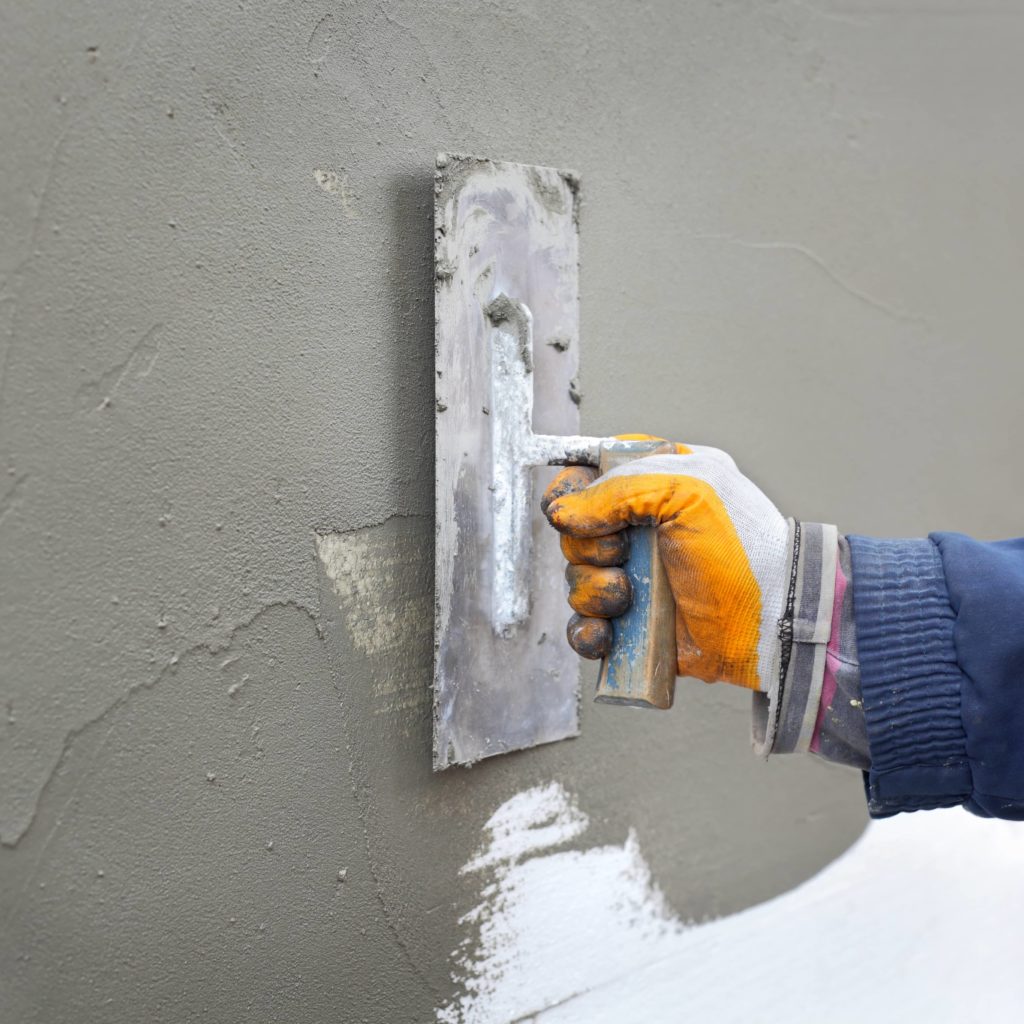
Spreading the Stucco Layers
First, you will mix your stucco pre-mix as stated on the pre-mix bag. Using the proper water measurements will allow you to determine the thickness of your pre-mix. Then, once the stucco is mixed, you will begin applying the stucco to the netting or lath that you have installed over the wood. You will start with a thin layer “a scratch layer” that will be no thicker than a quarter of an inch (1/4-inch).
After waiting an hour for the scratch layer to dry, you will use your plaster rake to comb through the layer by 1/8 of an inch deep. Now you will wait 24 hours for the entire coat to dry.
After waiting 24 hours for the scratch coat to dry, you will now add the next layer of stucco to the wall. You will vary the pressure and angles of your trowel to give the final coating a surface texture.
Lastly, you will want to add moisture to the surface of the stucco. Watering the stucco over the next few days will allow the stucco to cure and expand. This will create less cracking as the stucco dries.
Here is a video about how to apply stucco to a wood house.
Things to Consider About Stucco Over Wood
- Just because you are covering the wood with stucco, it doesn’t mean any issues with the wood will go away. You may want to think about calling a professional to look at the structure of the home before adding stucco on top of it. Checking for mold or mildew on the wood is a good idea before putting any material on top of it.
2. Stucco can crack. If it does crack, you can fix it yourself if it is 1/8 inch or less. If it is bigger than that, you need to contact a professional for help.
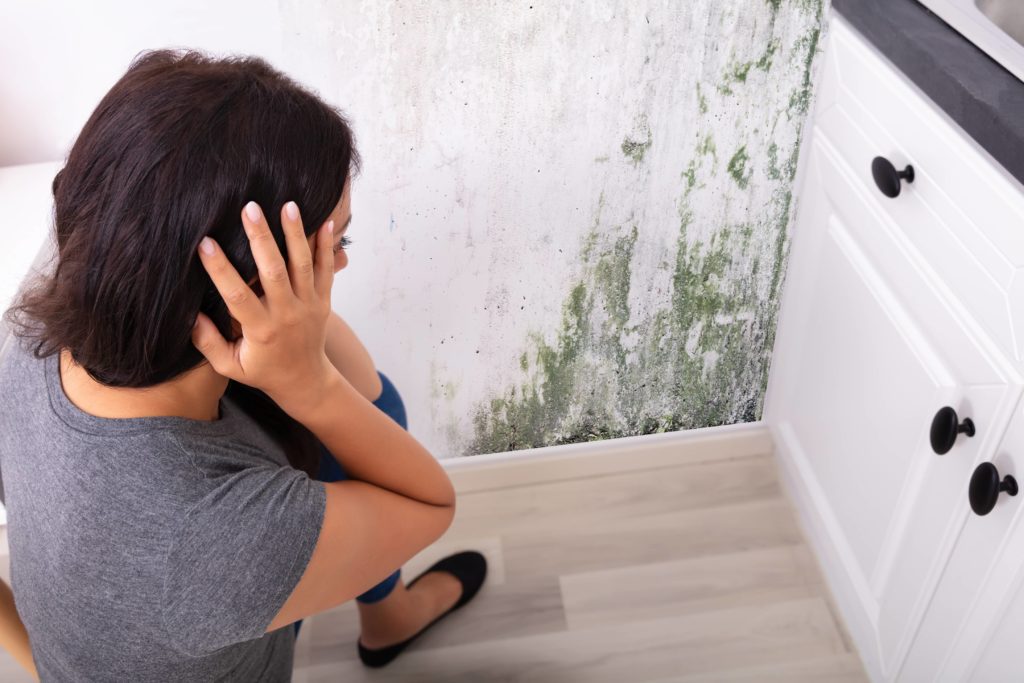
Other Maintenance
Cleaning the stucco is a good idea to keep the home looking fresh and appealing. It will also allow you to see if there are any cracks developing.
Mold might not grow just on the outside of the home, but can also be inside. Surveying the inside of the home to see if there is mold growing is smart.
While you are outside, if you have a septic, cleaning your septic should be every 2-3 years. However, it is always a good idea to keep up with maintenance. Check the landscaping around the septic and in the yard. If you notice negative grading, it can cause the home to have structural issues so this needs to be fixed right away.
When to Call a Professional
If you have never used stucco or worked outside before on your home, it might be a good idea to call in the professional. Typically, a professional will be a lot quicker than a do-it-yourselfer. Experience is key here, when wanting to avoid any major cracking or mistakes when applying the stucco.
Due to the size of your home and the necessary tools involved to stucco over your wood, it is usually best to get several professional quotes and big the one that suits your needs. Recommendations in your community are highly recommended.
Conclusion
Installing stucco over wood is very possible. This is a large undertaking for any one individual. It is highly recommended that you utilize a professional for this job. Although it is very possible for you as the homeowner to accomplish this task, any mistakes made could cause more headaches and future issues with the structures of your home.
It’s best to use a professional contractor when you decide to stucco your wood home. All Coast Home Inspections will check the structure of your home during a home inspection in Houston, TX., and surrounding areas.

